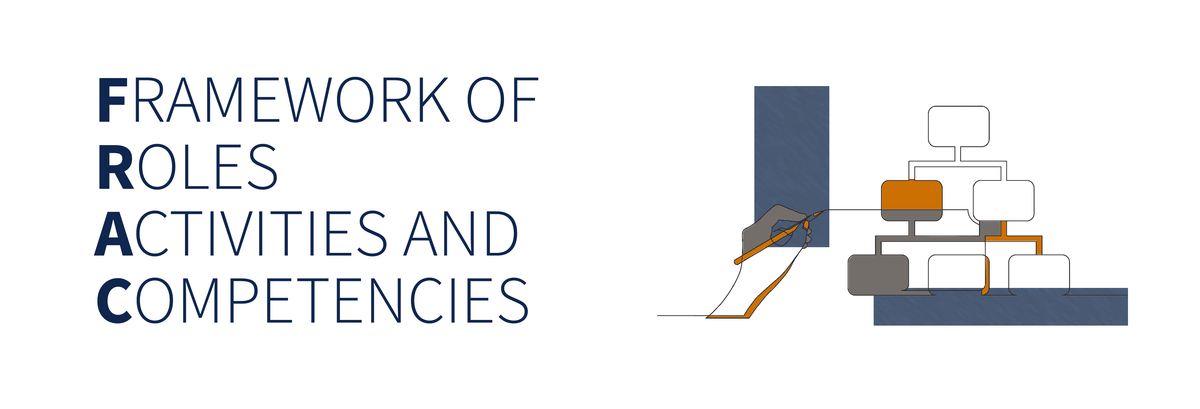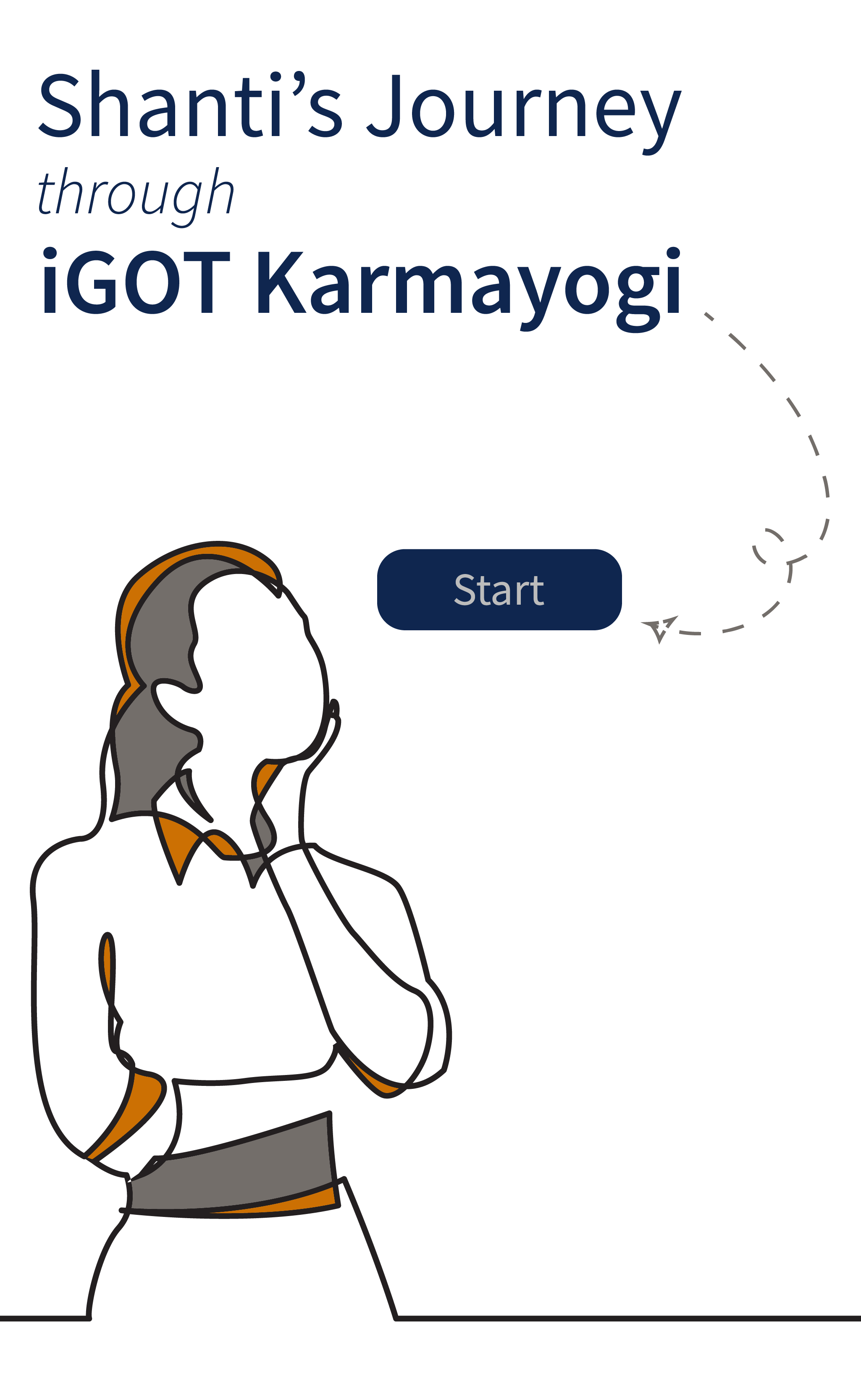What is FRAC
The Goal
To create a framework that puts government officials at the centre of the capacity building process and aligns each individual's growth goals with that of the organisation’s.
The Challenge
To provide government officials with an understanding of the roles, activities, and competencies required so as to effectively deliver on the outcomes expected from them in their current and future positions in governments.
The move from rule to role-based human resource management puts competencies at the core of the capacity building process. Thus, arrangements must be established to test the extent to which every official occupying a position has the competencies they require and consequently the competency gaps, if any, that need to be addressed in order for ministries, departments, and organisations (MDOs) within governments to enhance their execution capabilities.
Our Strategy
To build the execution capacity of the state, we have developed a Framework of Roles, Activities, and Competencies (FRAC) which will map the roles, activities and competencies, supported by knowledge resources, for each individual position within all government MDOs at the national, state and local level. The FRACing process will enable government MDOs to build an accurate picture of their competency building requirements. Most importantly, it enables officials to understand the competencies they require and how they can acquire them. The Framework is built to identify competency gaps and address them through courses, workshops, learning events, training programs, and other products or services delivered digitally, face-to-face, blended, or in any new form that may emerge. FRAC comes with its own set of concepts and language and here you can access all the terms that are most commonly used in the FRACing process.
The iGOT Karmayogi platform follows all principles of the 70:20:10 model of learning where 70% of learning comes from experience, experiment and reflection, 20% is derived from working with others, and 10% comes from formal intervention and planned learning solutions.
At C-LOP, we conduct workshops and focused group discussions to:
- Assist learners in understanding the competencies they need for their positions;
- Assist learners in identifying relevant competency building products to address their competency gaps;
- Familiarise learners with the process of drafting competencies and bringing course providers on board; and
- Familiarise learners with the process of ‘FRACing’, including populating the various dictionaries and directories (i.e. of positions, roles, activities, competencies and knowledge resources).
We aim to improve the execution capacity of the state through these processes and tools.


